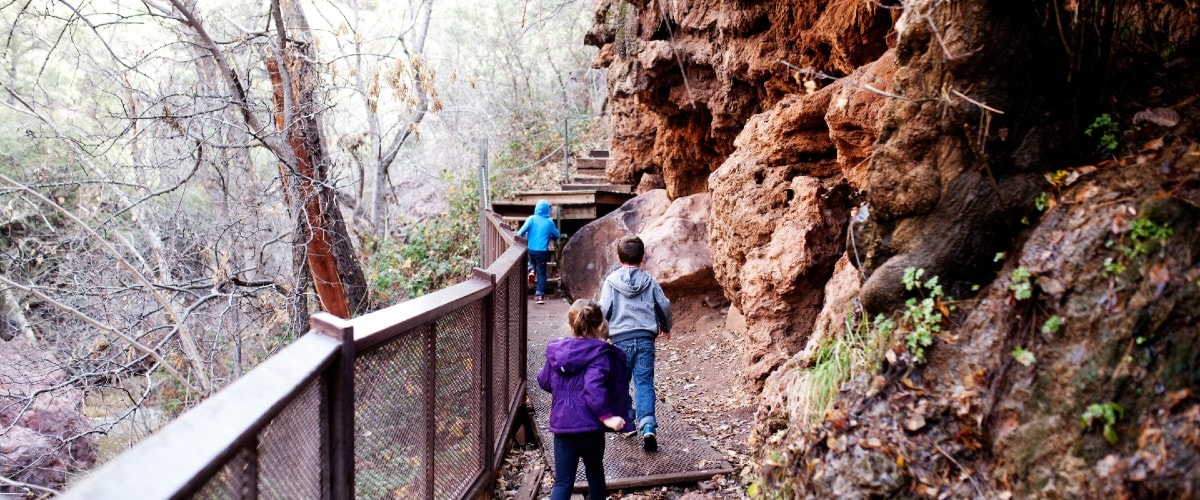In the midst of concerns about COVID-19, a day home with the kids doesn’t mean what it did a few weeks ago.
Many of us are struggling to keep our kids busy and healthy, and to instill a sense of normalcy—in some cases while also working from home—without access to the typical things we do with our kids. Dance classes, play dates, museums and community centres, and even quick trips to the coffee shop are out.
We also have to consider the risk our kids pose to others. According to a February 2020 study in the journal Pediatrics, 13% of children with confirmed cases of COVID-19 didn’t show symptoms. That means they can pass on the virus without being aware of it.
What is social distancing?
What it isn’t is completely isolating yourself and not setting foot outdoors. Health Canada has a thorough explanation online. But, briefly:
Social distancing is recommended for everyone. It means avoiding non-essential trips in the community, limiting group gatherings, and maintaining a 1- to 2-metre distance from other people. It does not apply to people who live inside your home.
Isolation is for someone with symptoms who has or is suspected of having COVID-19. It means separating yourself from everyone, including, ideally, those who live with you, until you’ve been instructed otherwise by health officials.
Self-isolation (voluntary home quarantine) is for someone who is likely to have had exposure to the virus but who has no symptoms. It involves the same measures as for isolation, but is not mandated by a health official.
Be aware that there is some disagreement between agencies. Ottawa Public Health, for instance, is recommending self-isolation for anyone who has travelled outside Canada, even to the U.S.
Guidelines for Social Distancing With Kids
Most of us are in the social distancing boat at the moment. But what does that mean with kids, exactly? And what can we do to keep kids busy while keeping away from friends, family, and most public spaces?
Here are some dos and don’ts.
DON’T:
Have indoor playdates with friends.
Use playground equipment.
Bring kids to daycare (if you can avoid it).
Attend birthday parties or other private events.
Take kids to stores or any indoor public spaces, unless necessary.
Take public transit unless necessary.
Go to a routine doctor or dentist appointment.
Visit grandma and grandpa or other elderly friends or relatives. (Video chat instead.)
DO:
Go for walks and bike rides.
Go to parks or open spaces to run, play soccer, play Frisbee, etc. (While keeping a 2-metre distance from other people.)
Go on a hike or climb a tree.
Get kids moving indoors with YouTube fitness or yoga programs.
Play in the backyard.
Video chat with family and friends.
Drop off letters, cards, and care packages for friends and family.
Relax your typical house rules and do special things together as a family: game night, Lego-building night, PJ party night, etc.
Create some routine for your kids (without going overboard). Kids who attend school, especially, are used to routines and it can be comforting. Build in active time, quiet time, creative time, special-project time, screen time, academic time…whatever works for you!
Information is coming in quickly and these recommendation could change. Keep informed by following up-to-the-minute advice from local public health organizations and Health Canada’s COVID-19 information page.



